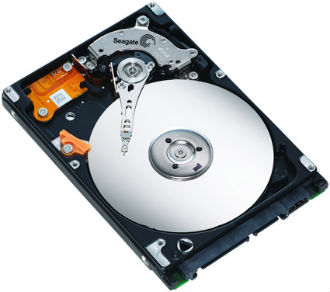 Intel’s new CEO Brian Krzanich is at it again. He is promising $99 tablets, along with $299 Haswell laptops, $349 2-in-1 hybrids and $299 Bay Trail clamshells. The prices aren’t exactly new – Krzanich talked about $99 tablets back at IDF 2013.
Intel’s new CEO Brian Krzanich is at it again. He is promising $99 tablets, along with $299 Haswell laptops, $349 2-in-1 hybrids and $299 Bay Trail clamshells. The prices aren’t exactly new – Krzanich talked about $99 tablets back at IDF 2013.
In the meantime the first Bay Trail products have started to appear, although they are not widely available yet. Early benchmarks found that Bay Trail tablets were roughly on a par with the latest ARM SoCs from Nvidia and Qualcomm. The bad news is that Intel’s chips are manufactured using a superior process (22nm vs. 28nm) and that they cost a bit more than ARM chips. Intel’s official prices for Bay Trail-T SoCs are $32 to $37, while high-end ARM chips are estimated to cost $20 to $28.
With that in mind, it is obvious that Intel doesn’t stand to make much cash on $99 tablets, which don’t exactly have much room for Intel’s traditionally high margins. The price points for hybrids and laptops are more realistic, but demand for Windows hybrids has yet to materialise.
That is a bigger problem than actual hardware. Intel’s new x86 SoCs have what it takes both in terms of performance and efficiency, but they are going after a limited market that simply isn’t there, at least not yet. Aggressive pricing should help, but Krzanich stated that the price cuts should also involve OEMs and ODMs.
This will be a bitter pill to swallow for many of them, as they are already struggling to make ends meet in a slow PC market. They would effectively have to give up some of their margins to hit Intel’s price points and at the same time they could cannibalize their own product lines.
This is where the failure of Windows RT and the lacklustre market performance of Windows 8 tablets could back come to haunt Intel. While PC makers were waiting for competitive x86 parts to stick in their hybrids and tablets, most of them decided to roll out ARM-based products with Android, dropping RT in the process and limiting Redmond’s footprint on the tablet market. For example, Asus, Lenovo and HP are already selling Android hybrids. Lenovo even introduced its first Android IdeaPad laptop a few days ago and it should sell for less than 200 pounds.
The only thing Intel has going for it in this segment is x86 support, i.e. the ability to run Windows 8 and offer hybrids that can use the wide range of Windows productivity apps. However, vendors appear to be focusing on higher performance Haswell tablets for Windows 8, which can’t come close to the $299 mark for a variety of reasons.







